Science in the Garden
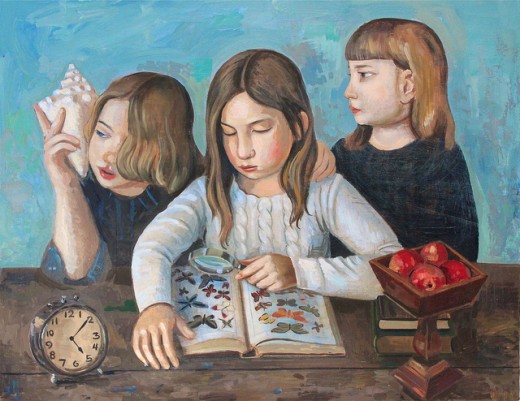
Science is All Around Us
In a recent press release the National Science Foundation explained that children's play naturally involves examining things and finding out "why?". They do that without thinking, so encouraging play, asking for any possible explanations for "why", will in turn encourage children to think in a scientific way, far more than any instruction will.
Too often children are put off science by the impression that it's a difficult subject, and yet it's a fundamental part of everyday life. If they're interested in all around them they will inevitably be interested in science too, and with encouragement that interest will stay with them.
I tried to show my sons all the interesting things around while we were out gardening, or just playing out of doors, in the hope of helping their minds to be enquiring.
Fresh air, sunshine, exercise + science = science in the garden. Nothing better!
Fun For All
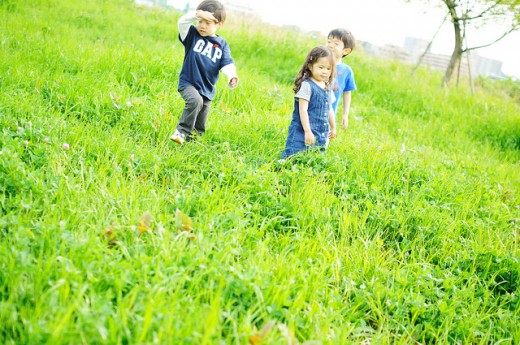
It isn't my intention to provide lesson plans or anything in any way formal. These are just a few suggestions or ideas of conversations you can have to introduce a child to the fascination of nature and associated science. Asking them questions about why the things they see around them are as they are will encourage them to wonder.
Chatting to a child about whatever takes their interest at the time is a great foundation for the future of their education.
Obviously you have to take into account the child's age but for any of the following themes you can go into as much depth as the child seems to want to explore.
What is a Plant?
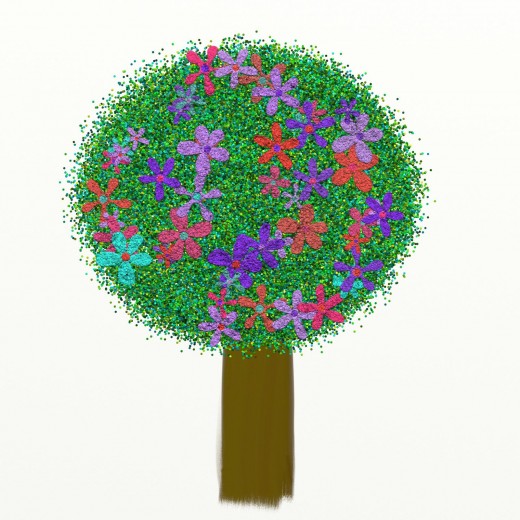
The naming of the parts of a plant for a young child happens almost unconsciously. As the parts are named you can wonder about what they do:
- the stem holds the plant up
- the leaves breathe for the plant
- the flower attracts insects and makes the seeds
- the seeds make new plants
- the roots keep the plant anchored and provide water.
Little by little you can expand on the functions, discuss how these things can happen, explain in more detail. You may have to sacrifice a few plants as your children examine the roots but it will be well worth it!
Books for the Youngest Garden Scientists
Inspire your children's curiosity while having fun using a book such as this one which should give you plenty of ideas and guidance.
Water and Where it Goes
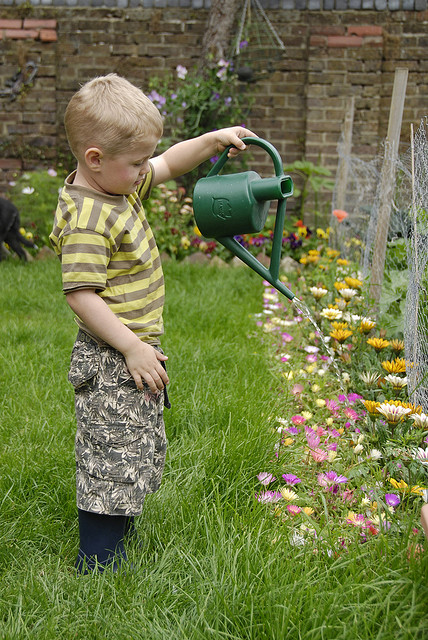
The cycle of water can be explained it its most basic terms to quite young children. The roots of the plant suck up the water, the leaves "breathe" it out and it goes up into the sky and forms clouds. The clouds make the rain which falls and wets the earth, so the plants' roots can once more drink. This part of science is fundamental to a gardener but how many gardeners will think of it as science?
There will come a day when the child will ask how this hapens, and then you can add more detail. And here you may like to have slightly more advanced books to allow the new learners to find out for themselves.
Seeds
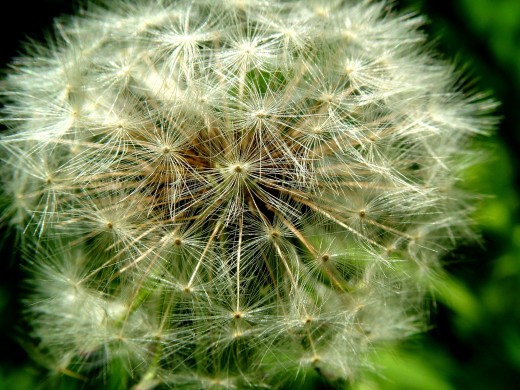
Which child doesn't know about blowing the seeds off a dandelion head? Seeds and all their different forms provide a fascinating subject, especially when you discuss why the seeds don't just drop off the plant and stay where they are. I can remember my own amazement at the way seeds are so well adapted to be dispersed by wind, by animals, by water, and best of all by explosive dispersal.
I wouldn't have believed that last method had I not been standing with my father on a bright and sunny summer's day, beside some gorse bushes. I wondered what the popping sound was. The seed pods were drying out and bursting open. We even managed to watch as it happened!
Insects

I think it's almost the easiest thing to do, to interest children in the insects that visit a garden. First you spot and name the different ones and then you can introduce the idea of what they can do in a garden. You can develop this to discuss the ways you can encourage the gardener's friends. It's not just insects, either, but birds, worms, and anything else they can see around them.
You can, of course, branch out into all sorts of directions such as germination of seeds, the weather, night and day and so to the solar system. There is absolutely no end to the places the garden can lead us.
Fascinating Facts
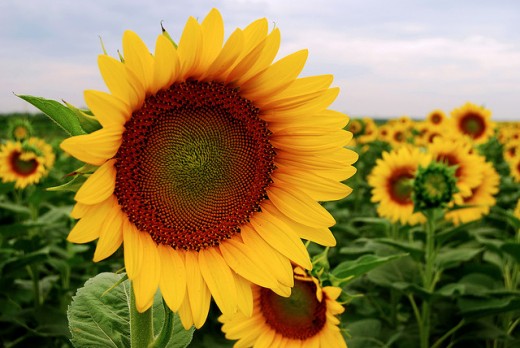
- Sunflowers move to follow the sun so that the flowers are always facing it. The French for sunflower is tournesol: tourne means turn, sol means sun.
- In a day, a sunflower will consume more water than a human.
- Dandelions are not just weeds. In some parts of the world the young leaves are eaten and provide a good source of vitamins.
- Petals are usually brightly coloured to attract insects.
- A seed contains all its own food supply to last it until it sprouts.
- The root is the first part of a plant to sprout from the seed.
- Saffron, a very, very expensive spice, comes from a crocus flower.
- No wild plants have black flowers.
- Without bees we would have very little fruit or vegetables.
- Thistles are Scotland's national flower because when the Vikings invaded, they were slowed down by patches of prickly thistles, and that allowed the Scots to escape.
Science Kits to Back Up the Interest
So now you have fostered an interest in some scientific principles, you may want to explore some of the areas a little further. There is a large number of science kits available to foster an interest and suitable for children of all ages.
None of this type of science set was available when my boys might have been interested. If they had been available, I would have bought the lot! As it is, I'm tempted to buy some in readiness for my granddaughter or (very new) grandson. They look such fun, and learning while you have fun will make it all so much easier and interesting.
Videos such as the one above can reinforce anything your children have learned in the garden without being too serious and schooly. The whole aim of this is to encourage our young ones to see that science is part of life and can be fun.











